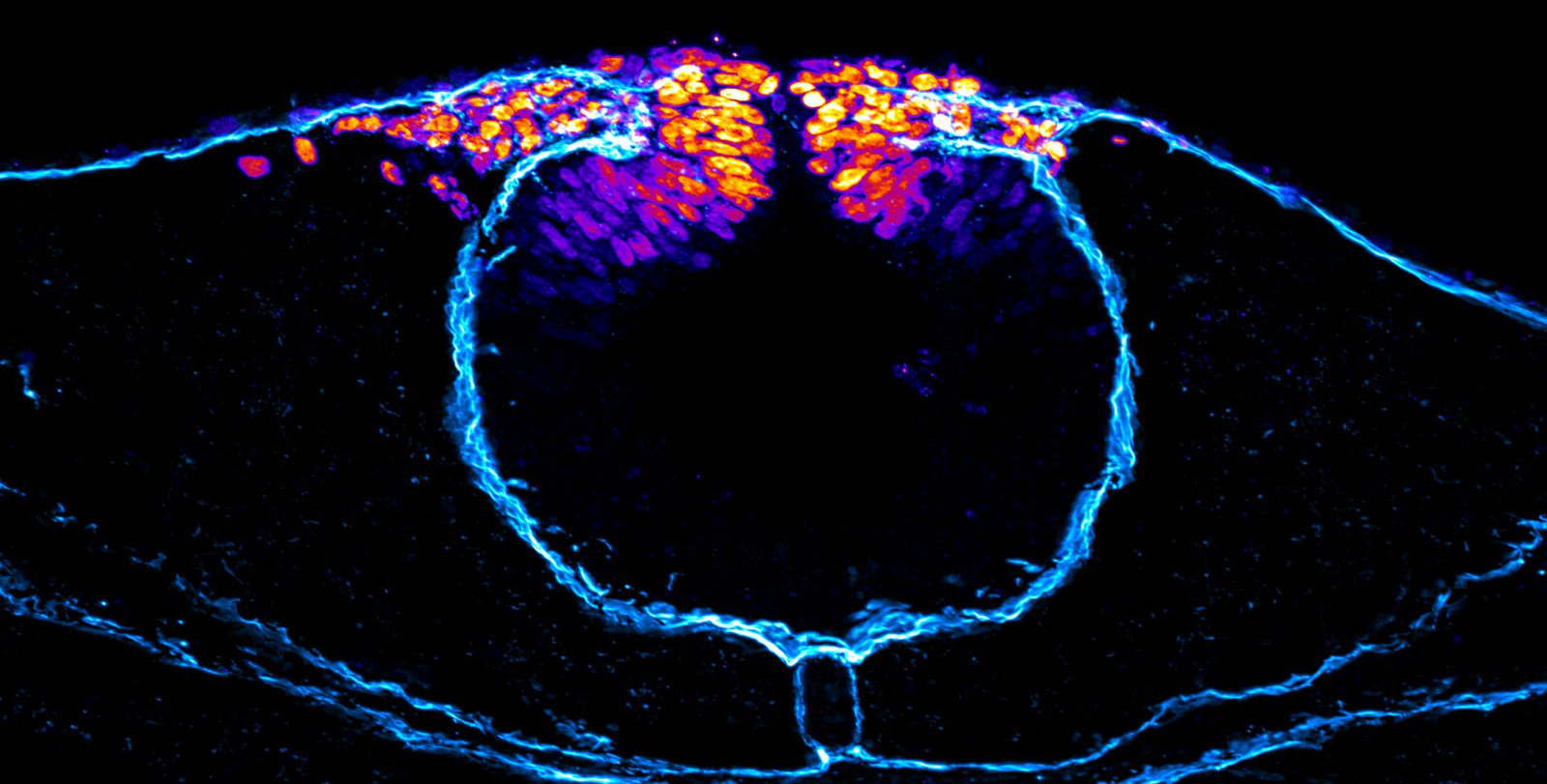-
Psychedelics, Meditation, and Self-Consciousness
In recent years, the scientific study of meditation and psychedelic drugs has seen remarkable developments. The increased focus on meditation in cognitive neuroscience has led to a cross-cultural classification of standard meditation styles validated by functional and structural neuroanatomical data. Meanwhile, the renaissance of psychedelic research has shed light on the neurophysiology of altered states […]
-
Striatal dopaminergic modulation of reinforcement learning predicts reward—oriented behavior in daily life
Much human behavior is driven by rewards. Preclinical neurophysiological and clinical positron emission tomography (PET) studies have implicated striatal phasic dopamine (DA) release as a primary modulator of reward processing. However, the relationship between experimental reward-induced striatal DA release and responsiveness to naturalistic rewards, and therefore functional relevance of these findings, has been elusive. The […]
-
Emotion Generation and Emotion Regulation: One or Two Depends on Your Point of View
Emotion regulation has the odd distinction of being a wildly popular construct whose scientific existence is in considerable doubt. In this article, the authors discuss the confusion about whether emotion generation and emotion regulation can and should be distinguished from one another. Authors describe a continuum of perspectives on emotion, and highlight how different (often […]
-
Characterization of end-of-life electroencephalographic surges in critically ill patients
Neuromonitoring devices to assess level of sedation are now used commonly in many hospital settings. The authors previously reported that electroencephalicgraphic (EEG) spikes frequently occurred after the time of death in patients being neuromonitored at the time of cessation of circulation. In addition to the initial report, end-of-life electrical surges (ELES) have been subsequently documented […]
-
The evolution of the human brain and disease susceptibility
Evolutionary perspective is critical for understanding human biology, human medicine, and the traits that make human beings unique. One of the crucial characteristics that sets humans apart from other extant species is our cognitive ability, which allows for complex processes including symbolic thought, theory of mind, and syntactical-grammatical language, and is thought to arise from […]
-
Neuroplasticity and cognitive aging: The scaffolding theory of aging and cognition
A recent proposal called the Scaffolding Theory of Cognitive Aging (STAC) postulates that functional changes with aging are part of a lifespan process of compensatory cognitive scaffolding that is an attempt to alleviate the cognitive declines associated with aging. Indeed, behavioral studies have shown that aging is associated with both decline as well as preservation […]
-
Neuroscientist Viviana Gradinaru Receives Young Investigator Award

The Society for Neuroscience has presented a Young Investigator Award to Viviana Gradinaru (BS ’05), professor of neuroscience and biological engineering, Heritage Medical Research Institute Investigator, and director of the Center for Molecular and Cellular Neuroscience of the Tianqiao and Chrissy Chen Institute for Neuroscience at Caltech. The award recognizes the outstanding achievements and contributions […]
-
How Stem Cells Choose their Careers

“What do you want to be when you grow up?” is a question asked of many children but what about stem cells? Stem cells are cells that have not yet chosen a specialized fate, such as becoming a neuron or a white blood cell. At some point, however, each stem cell does decide what it […]
-
TCCI® Opens First “Chen Frontier Lab for Brain Research” in Shanghai

On October 23, 2020, Tianqiao and Chrissy Chen Institute (TCCI®)’s first Frontier Lab for Brain Research was put into operation at Shanghai Huashan Hospital Hongqiao Campus, a large-scale neuroscience medical center. The new lab works on multiple fields of research, including the brain-machine interface, sleep and dreams, cognitive assessment, and digital medicine. It prioritizes the […]
-
New Study Reveals Brain Circuit Biomarkers to Predict Response to Treatment in Patients with Complex Neuropsychiatric Disorders
Cohen Veterans Bioscience (CVB), a non-profit research biotech advancing brain health solutions, today announces findings from a study which generates new evidence in support of a critical brain imaging biomarker, that may help guide people who suffer from post-traumatic stress disorder (PTSD) or major depressive disorder (MDD) towards the most effective treatment. The study, entitled […]
